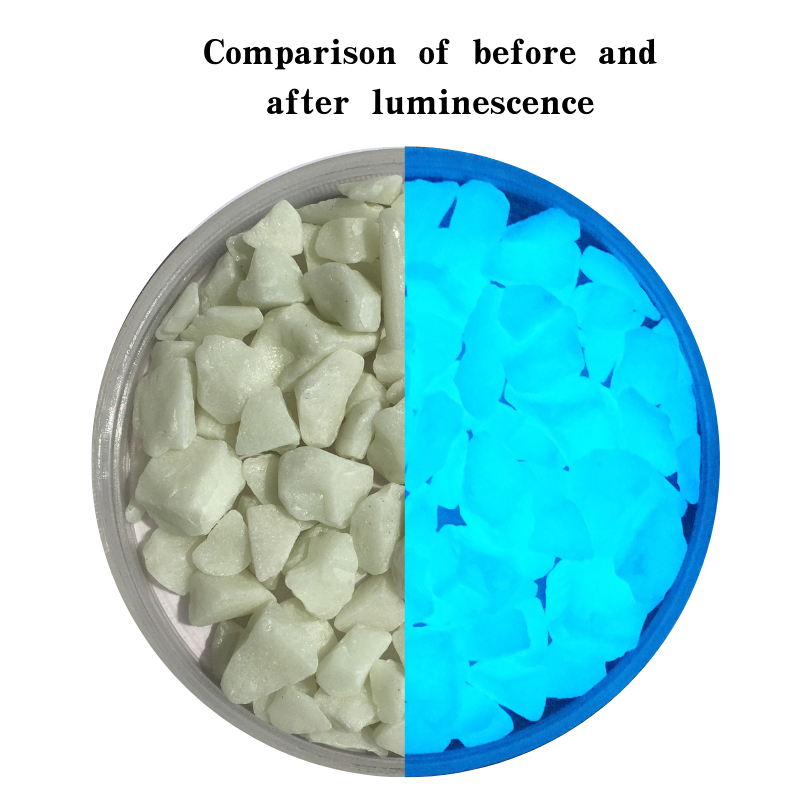
Industrial Gases and their Role in Inorganic Chemical Manufacturing and Applications
Industrial Gases and Inorganic Chemicals A Vital Relationship in Modern Industry
Industrial gases and inorganic chemicals play a pivotal role in numerous sectors, from manufacturing and healthcare to food processing and environmental protection. These substances not only facilitate production processes but also serve as essential inputs for various applications, underpinning the efficiency and sustainability of modern industry.
The Importance of Industrial Gases
Industrial gases, which include oxygen, nitrogen, carbon dioxide, argon, and hydrogen, are crucial in a wide array of applications. Oxygen, for instance, is not only vital for respiration but is also extensively used in metallurgical processes, such as steel manufacturing, where it enhances combustion and efficiency. Nitrogen, which makes up about 78% of the Earth's atmosphere, is predominantly used as an inert gas in various chemical processes to prevent unwanted reactions.
Carbon dioxide, commonly known for its role in global warming, is also utilized in numerous industrial applications. In food processing, it is used for carbonation in soft drinks and as a preservative. Moreover, the medical field employs carbon dioxide in surgeries to inflate body cavities, allowing for clearer visibility.
Argon, another inert gas, is essential in welding and metal fabrication due to its ability to create a protective atmosphere around molten metals, preventing oxidation and contamination. Hydrogen, celebrated for its potential as a clean fuel, is already making inroads in energy applications and is essential in producing ammonia, which is a fundamental building block for fertilizers.
The Role of Inorganic Chemicals
Inorganic chemicals are compounds that do not primarily contain carbon-hydrogen bonds. They encompass a broad spectrum of substances, including salts, acids, bases, and minerals that are integral to various industrial processes. Common inorganic chemicals include sulfuric acid, hydrochloric acid, sodium hydroxide, and ammonia, each serving specific purposes in chemical production, cleaning processes, and material synthesis.
industrial gases and inorganic chemicals

Sulfuric acid is one of the most widely produced chemicals globally. It is vital in the production of fertilizers, particularly phosphates. Additionally, it is employed in petroleum refining, metal processing, and wastewater treatment. Hydrochloric acid, on the other hand, is used in steel production, food processing, and chemical synthesis.
Sodium hydroxide, commonly known as caustic soda, is another important inorganic compound. It plays a crucial role in the manufacture of paper, textiles, and detergents, as well as in water treatment processes. Its ability to dissolve fats and grease makes it essential for cleaning applications.
Ammonia, primarily produced from the Haber process, is a key ingredient in fertilizers, helping to boost crop yields. The chemical contribution of ammonia does not stop at agriculture; it is also utilized in the production of various household products and cleaning agents.
Synergies and Sustainability
The relationship between industrial gases and inorganic chemicals illustrates a synergistic dynamic. The production and utilization of industrial gases often require and produce inorganic chemicals. For instance, the manufacturing of ammonia from hydrogen and nitrogen is a fundamental process that relies on both categories of substances.
Furthermore, the industry is increasingly focused on sustainability. The development of green technologies, such as carbon capture and utilization, aims to mitigate the environmental impact of industrial gases, particularly CO2 emissions. Research is ongoing to improve the efficiency of industrial gas production and optimize the use of inorganic chemicals, contributing to a circular economy.
Conclusion
In summary, industrial gases and inorganic chemicals are integral to the functioning of modern industries. Their diverse applications underline their importance in various sectors, from manufacturing to healthcare. As industries evolve and strive for greater sustainability, the need for innovation in the field of industrial gases and inorganic chemicals will continue to grow, ensuring that they remain at the forefront of industrial advancement.
Share
-
Premium Pigment Supplier Custom Solutions & Bulk OrdersNewsMay.30,2025
-
Top China Slag Fly Ash Manufacturer OEM Factory SolutionsNewsMay.30,2025
-
Natural Lava Rock & Pumice for Landscaping Durable Volcanic SolutionsNewsMay.30,2025
-
Custom Micro Silica Fume Powder Manufacturers High-Purity SolutionsNewsMay.29,2025
-
Custom Mica Powder Pigment Manufacturers Vibrant Colors & Bulk OrdersNewsMay.29,2025
-
Custom Micro Silica Fume Powder Manufacturers Premium QualityNewsMay.29,2025






